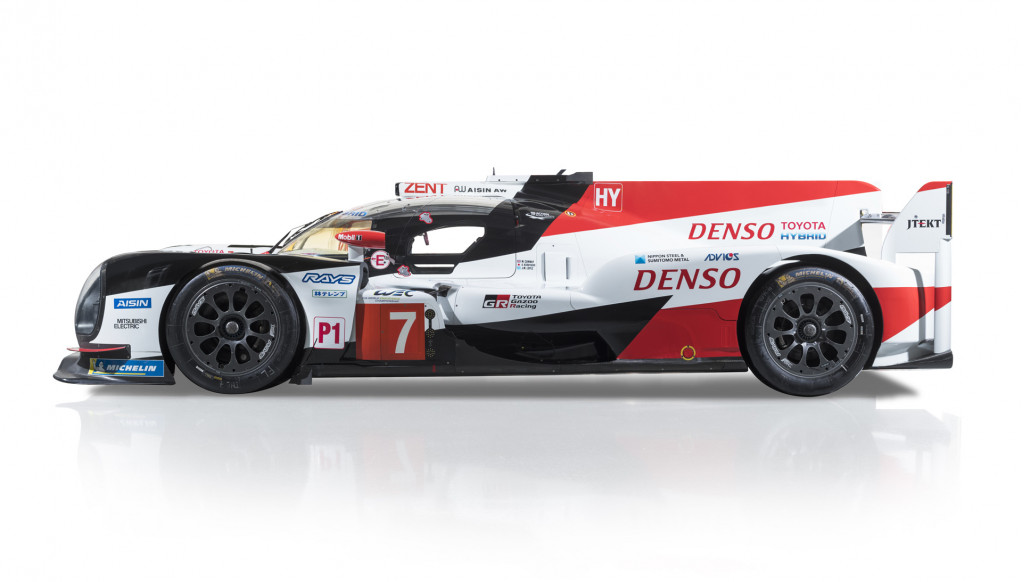The 86th running of the 24 Hours of Le Mans will kick off Saturday with 60 cars competing in four different categories. Although motorsport is often characterized by speed, a race car won't get far without a proper set of brakes to handle corners.
And different racers, obviously, require very different braking systems. Between the LMP and GTE classes, 55 cars will run Brembo brakes, and the brake manufacturer provided some insight into how it develops stopping power for the very different race machines. For LMP cars, (LMP1 and LMP2), the racers' Brembo brakes feature carbon-friction material. According to Brembo, this material combines the best properties of heat dissipation and light weight.

2018/2019 Toyota TS050 Hybrid LMP1 race car
While the two properties are important, Brembo is even more concerned with size of LMP cars' brakes. The brakes have a a maximum thickness of 32 mm and a maximum diameter of 380 mm. Additionally, 400 holes help ventilate the brakes, which will reach temperatures of 662 degrees and 1,472 degrees Fahrenheit, (350 degrees and 800 degrees Celsius).
GTE cars have a different set of needs. The racers run cast iron brake discs, with a maximum thickness of 35 mm and a maximum diameter of 390 mm. Unlike LMP cars, ventilation holes are not present in the brake's construction. Instead, lugs are present to help mitigate heat. Operating temperatures range from 572 degrees to 1,382 degrees Fahrenheit (300 degrees and 750 degrees Celsius).

Ferrari 488 GTE Evo
No matter GTE or LMP racer, Brembo provides teams with a friction material characterized by low wear and optimal thermal conductivity. In plain speak: the material reaches optimal running temperature quickly for warm-ups and provide predictable friction response.
_______________________________________